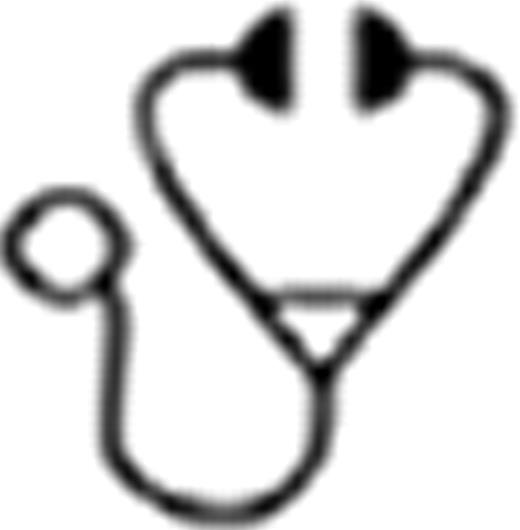Abstract
The FLAMSA sequential chemotherapy regimen followed by RIC for allo-HSCT and prophylactic donor lymphocyte transfusion (pDLT) was introduced a few years ago as a salvage therapy for patients with refractory or high risk AML/MDS. This retrospective analysis aimed to assess the outcome of 40 patients with refractory or high risk AML/MDS who received a salvage FLAMSA sequential chemotherapy (including a subgroup of patients who received a modified FLAMSA regimen incorporating Busulfan instead of total-body irradiation (TBI)).
This series included 30 males and 10 females with a median age of 52 years (range, 32–66) treated in 2 transplant centres in France. Diseases characteristics were as follow: progressive or refractory disease after rescue treatment for first relapse (n=21), early relapse without any further salvage therapy (n=4), and primary induction failure (PIF; n=4). The series also included 7 patients with high risk MDS (IPSS ≥ 1.5), and another 4 patients in first CR but having a very poor prognosis based on cytogenetics features (CR group hereinafter). According to cytogenetics and molecular markers, 12 patients were classified in the “standard risk” cytogenetics risk group, while 21 patients had an unfavourable/poor profile. Data were not available for 7 patients.
The FLAMSA regimen included Fludarabine (30 mg/m2/d), cytarabine (2 g/m2/d) and amsacrine (100mg/m2/d) from day −12 to day −9. In addition, priming with G-CSF once daily was done in 12 patients. After 3 days of rest, a RIC regimen was administered. In 28 patients, the RIC regimen included 4 Gy. TBI, ATG 5 mg/kg total dose, and cyclophosphamide (40 mg/kg in case of matched related donors, and 60 mg/kg for unrelated or mismatched donors). In the remaining 12 patients, TBI was replaced by I.V. Busulfan 3.2 mg/kg/d for 4 days. Per protocol, pDLT was planned to be given from day +120 in patients who were not receiving immunosuppression and were free of GvHD. Eighteen patients were transplanted using an HLA identical sibling donor, and 22 received transplant from an unrelated donor (14 matched 10/10 and 8 mismatched 9/10).
After allo-HSCT, 39 patients (97.5%) engrafted. In the CR group (n=4), after a median follow-up of 5 months (range, 3–31) all patients were still alive in CR at last follow-up. In the remaining 36 patients, 9 patients developed acute GVHD ≥2 with a cumulative incidence at 3 months of 18% (95%CI, 10–26). At day 90 post HSCT, 23 (64%) patients could achieve hematological CR, and 14 of the 23 remained in CR at last follow-up.
After a median follow-up of 6 months (range, 1–60), the 2-years probability of OS was 30% (95%CI, 17–52), and the 2-years probability of PFS was 29% (95%CI, 17–50). The cumulative incidence of disease progression at 1 year was 25% (95%CI, 18–33). Interestingly, none of the patients who received Busulfan instead of TBI as part of the RIC, relapsed. The cumulative incidence of TRM at 3 months and 1 year were 14% (95%CI, 8–20) and 22% (95%CI, 15–29), respectively.
In the multivariate analysis (taking into account all relevant parameters such as priming with G-CSF, conditioning with or without TBI, related or unrelated donors, HLA matching and number of previous treatment lines), there was a significantly worsened PFS in patients who received transplant from a mismatched donor (HR=3.6; [95%CI, 1.3–10] p=0.01; below Figure). Also, when considering disease relapse, there was a highly significant impact of the type of RIC regimen (in favour of a FLAMSA regimen without TBI (p<0.0001, Figure).
Despite its limitations, results from this analysis confirm that a FLAMSA sequential chemotherapy regimen followed by RIC and allo-HSCT is a valid salvage therapy for patients with refractory or high risk AML/MDS. This study shows that HLA mismatched donors should be avoided in FLAMSA regimen. Moreover a modified FLAMSA regimen incorporating I.V. Busulfan instead of TBI is likely to allow better long-term disease control, warranting prospective evaluation.
No relevant conflicts of interest to declare.

This icon denotes a clinically relevant abstract
Author notes
Asterisk with author names denotes non-ASH members.



This feature is available to Subscribers Only
Sign In or Create an Account Close Modal